Disclosure: This article contains affiliate links. We may earn a commission from purchases at no extra cost to you, which helps our travel content.
There's something about the way sunlight dances across centuries-old limestone in Maastricht that reminds me of how light plays through a perfect glass of aged Riesling—both revealing layers of history with each shifting shadow. After paragliding over the nearby Belgian border hills last spring, I found myself drawn to this southernmost Dutch city not for its elevation (disappointingly flat for my airborne habits), but for its intoxicating blend of cultural influences that have fermented here over two millennia. Grab your partner's hand and comfortable walking shoes—we're about to uncork Maastricht's most intriguing historical secrets over three perfectly paced days.
Day 1: Vestiges of Fortification & Underground Marvels
Begin your Maastricht immersion where the city itself began—along the remnants of its medieval walls. The 13th-century Helpoort (Hell's Gate) stands as the Netherlands' oldest city gate, a formidable limestone sentinel that's weathered centuries of conflict. I recommend arriving just after breakfast when the morning light accentuates the warm tones of the stone.
From here, follow the old city walls to Jekerkwartier, a neighborhood where time seems suspended in amber. The narrow streets lined with 17th and 18th-century homes feel like walking through a living museum. Stop at Café de Pieter, a brown café (traditional Dutch pub) where locals have been debating politics over beer for generations. Their house-brewed herbal bitters make for an exceptional aperitif—reminiscent of amaro but with distinct Dutch botanicals.
After lunch, prepare for Maastricht's underground adventure at the Casemates, a network of defensive tunnels built into the western city walls. I'd suggest bringing a lightweight headlamp for exploring the dimmer corners—the provided lighting is atmospheric but not always sufficient for examining the fascinating engineering details or reading the historical placards.
End your first day with the ultimate subterranean experience: the North Caves guided tour beneath St. Pietersberg hill. These ancient marl quarries created a labyrinth of over 20,000 passageways where locals hid priceless art (including Rembrandt's Night Watch) during World War II. The constant 10°C temperature inside makes a lightweight merino sweater essential even in spring—I learned this lesson the hard way after shivering through my first visit in just a linen shirt.
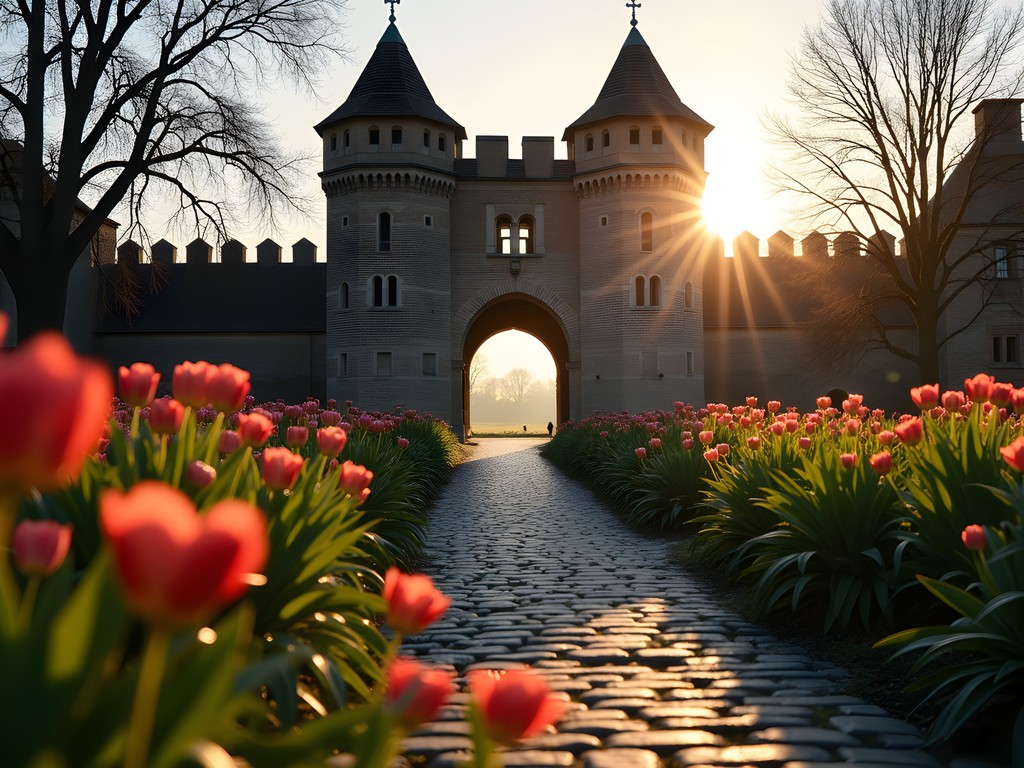
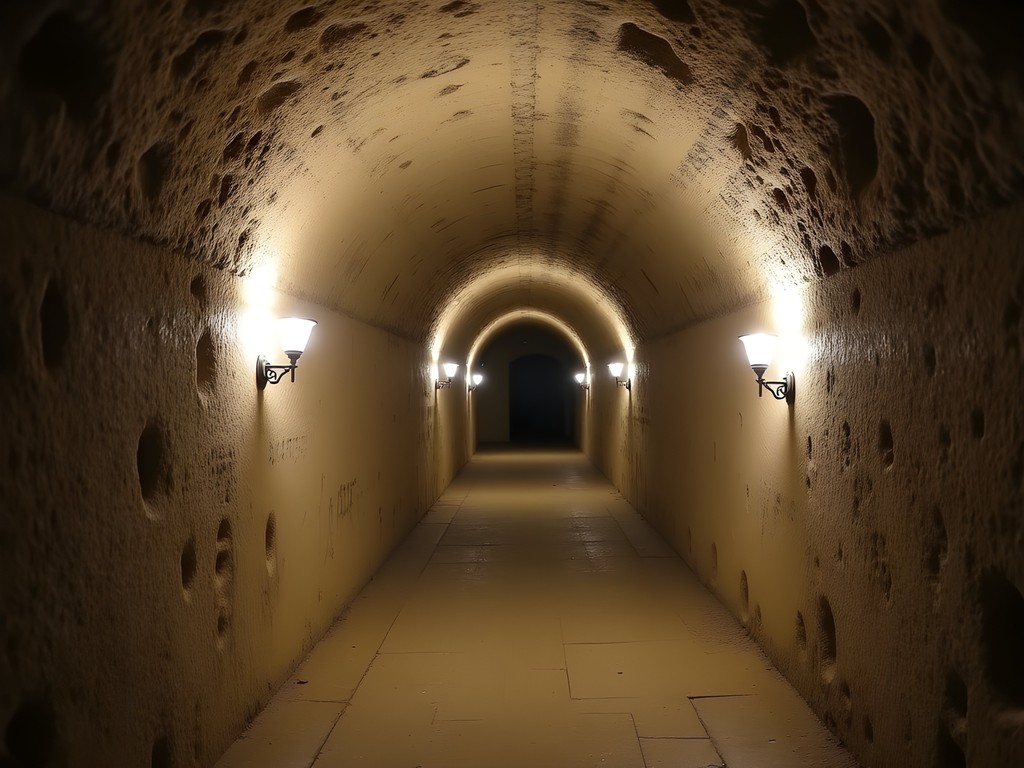
💡 Pro Tips
- Book the North Caves tour at least a day in advance—they often sell out during spring weekends
- The Casemates and caves are consistently 10°C year-round—layer accordingly
- Many cafés in Jekerkwartier close between lunch and dinner—plan your refreshment stops accordingly
Day 2: Sacred Spaces & Bookish Pleasures
Begin your second day at the Basilica of Saint Servatius, a Romanesque masterpiece housing one of Europe's most significant church treasuries. Arrive early to experience the morning light filtering through the stained glass, creating kaleidoscopic patterns across the ancient stonework. The Treasury Museum requires a separate ticket but is absolutely worth it—the collection of medieval religious artifacts would make even the most seasoned museum-goer weak at the knees.
Just steps away stands the Dominicanenkerk, a 13th-century Gothic church transformed into what Guardian readers voted 'the world's most beautiful bookstore.' The contrast between vaulted ceilings and contemporary bookshelves creates a space where literary and architectural appreciation become a singular experience. I spent three hours here on my last visit, eventually settling into the café with an exceptional cortado and a pocket sketchbook to capture the interplay of light and shadow among the columns.
For lunch, cross the Meuse River via the Sint Servaasbrug, a graceful arched stone bridge dating to the 13th century. The eastern bank neighborhood of Wyck offers a delightful contrast to the western medieval core. The architecture here speaks to Maastricht's 19th-century industrial prosperity, with elegant townhouses lining streets filled with boutiques and cafés. Seek out Café Louis for their seasonal asparagus dishes in spring—the region's white asparagus rivals any I've tasted in my sommelier travels.
Return westward in the afternoon to explore Onze Lieve Vrouweplein (Our Dear Lady Square), where the imposing Basilica of Our Lady stands as a Romanesque counterpoint to Saint Servatius. The Star of the Sea Chapel within contains a wooden statue of the Madonna that's been the focus of pilgrimage for centuries. The square itself transforms throughout the day—from morning market to afternoon café scene to evening social hub—making it worth multiple visits during your stay.
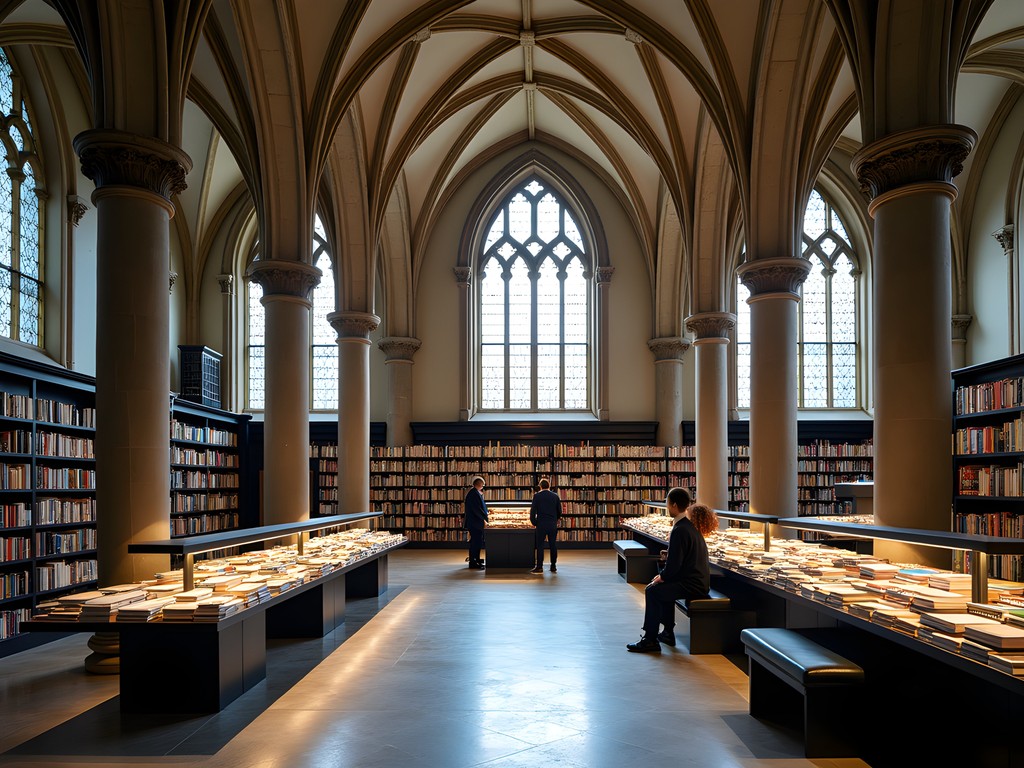
💡 Pro Tips
- Visit the Basilica of Saint Servatius first thing to avoid tour groups that arrive mid-morning
- The Dominicanenkerk bookstore has excellent English sections on local history and Dutch design
- Many religious sites in Maastricht close to tourists during services—check schedules in advance
Day 3: Markets, Museums & Culinary Delights
Reserve your final day for Maastricht's market traditions and culinary pleasures. Begin at the Friday or Saturday market on Markt Square (check which day coincides with your visit), where the shadow of the 17th-century City Hall falls across stalls selling everything from local cheeses to antiques. The sensory experience here rivals any wine tasting—the pungent cheeses, fragrant bread, and colorful produce create a bouquet that tells the story of the region's agricultural bounty.
I recommend bringing a packable market tote to collect picnic supplies. My perfect Maastricht picnic includes local Limburger cheese (far less intimidating than its reputation suggests), freshly baked spelt bread, and strawberries when in season.
With provisions secured, walk to the Bonnefantenmuseum, Maastricht's premier art institution housed in a striking building designed by Italian architect Aldo Rossi. The distinctive rocket-shaped tower has become a city landmark, while inside, the collection spans from medieval religious art to contemporary installations. The audio guide provides exceptional context—I suggest using your own wireless earbuds rather than the museum-provided headphones for both comfort and hygiene.
For your final afternoon, stroll to Maastricht's eastern outskirts to discover Fort Sint Pieter, a beautifully preserved 18th-century fortress offering panoramic views across three countries—the Netherlands, Belgium, and Germany. The guided tour reveals ingenious defensive features and provides context for Maastricht's strategic importance throughout European history.
Conclude your Maastricht experience with dinner at Café Sjiek, where traditional Limburg cuisine meets contemporary culinary sensibilities. Their zuurvlees (sweet-sour beef stew) paired with a local craft beer creates a flavor profile that's simultaneously comforting and complex—much like Maastricht itself.
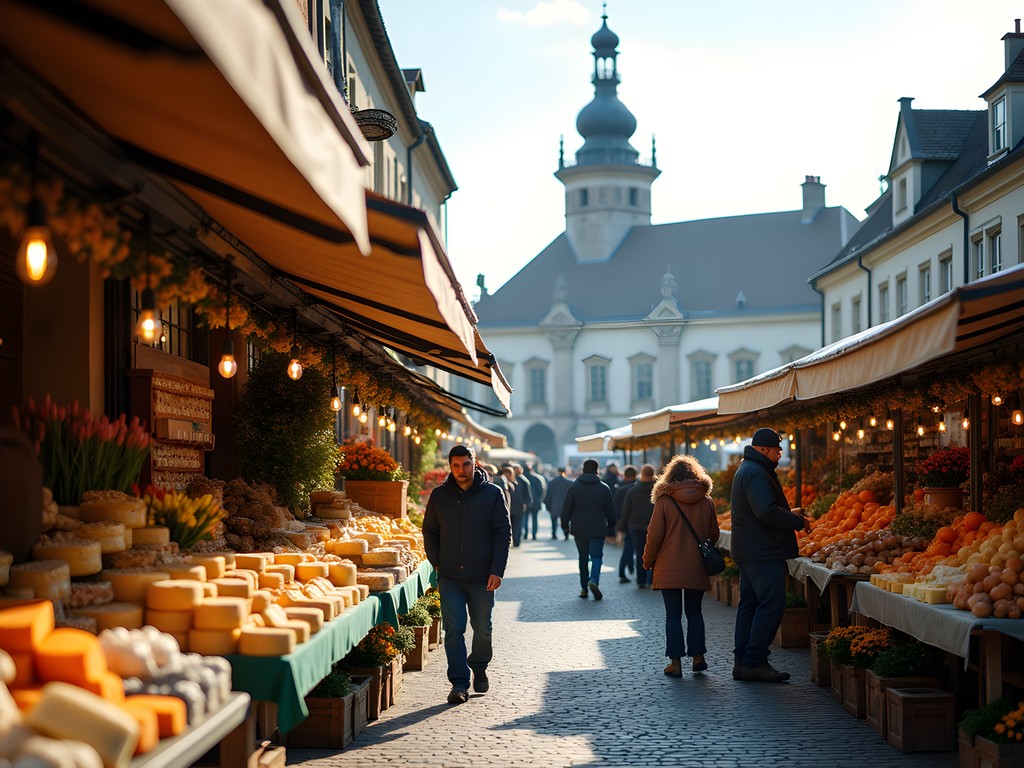
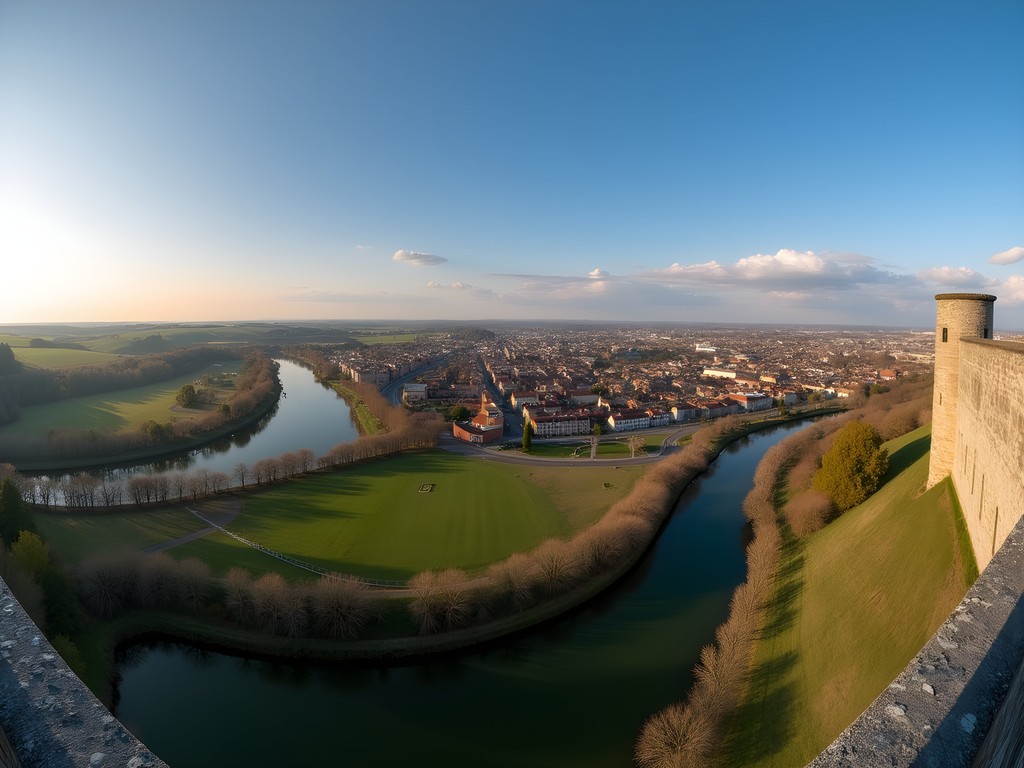
💡 Pro Tips
- Arrive at the market before 10am for the freshest selection and fewer crowds
- The Bonnefantenmuseum offers discounted tickets after 3pm on Thursdays
- Reserve Café Sjiek at least a week in advance—it's perpetually popular with both locals and visitors
Final Thoughts
As I stood atop Fort Sint Pieter on my final evening, watching the sunset paint Maastricht's spires and towers in amber hues reminiscent of a perfectly aged tawny port, I couldn't help but reflect on how this compact city manages to distill centuries of European history into walkable streets and welcoming squares. Like the best wines, Maastricht reveals itself gradually—each layer of history, each architectural detail, each culinary tradition adding complexity to the experience.
What makes Maastricht particularly special for couples is the intimate scale that encourages lingering conversations in centuries-old cafés, shared discoveries in hidden courtyards, and moments of connection across time. You'll leave with more than photographs—you'll carry with you the sensory memories of church bells echoing across medieval squares, the taste of regional specialties, and the tactile pleasure of running your fingers along walls that have witnessed two millennia of human stories.
Maastricht may not offer the soaring cliffs I typically seek for my paragliding adventures, but its historical depths provide a different kind of elevation—one that lifts the spirit through connection with our shared human past. Whether you're history enthusiasts or simply seekers of authentic European charm, Maastricht's blend of accessibility and depth makes it an ideal destination for couples looking to write their own chapter in a city of countless stories.
✨ Key Takeaways
- Maastricht rewards slow exploration—plan fewer activities per day than you might in larger cities
- The city's location at the crossroads of Dutch, Belgian, and German cultures creates a unique cultural and culinary landscape
- Spring brings not only comfortable temperatures but also regional delicacies like white asparagus and early strawberries
📋 Practical Information
Best Time to Visit
April-June for mild weather and fewer tourists than summer months
Budget Estimate
€150-250 per day for a couple (accommodations, meals, and activities)
Recommended Duration
3-4 days to explore thoroughly without rushing
Difficulty Level
Easy - Compact City Center With Good Pedestrian Infrastructure

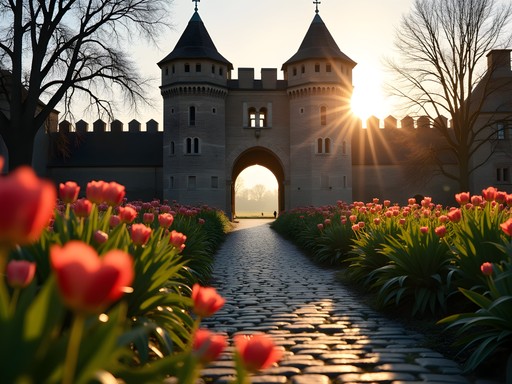
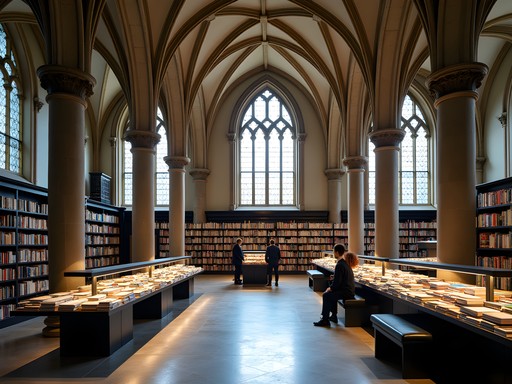
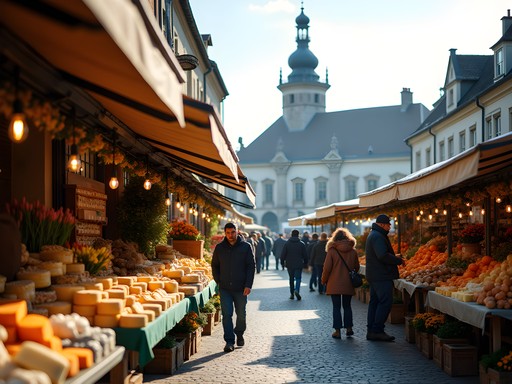



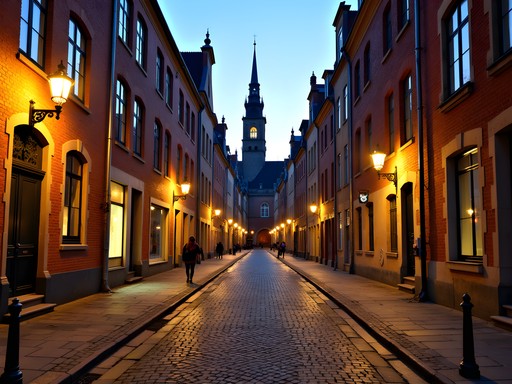
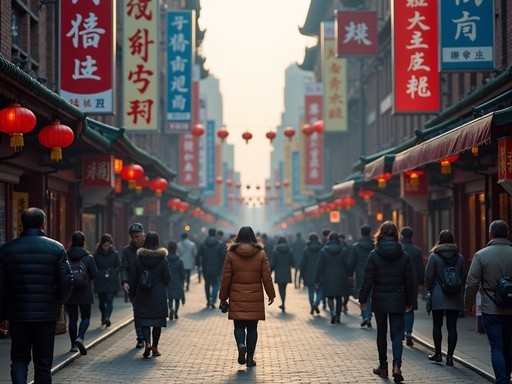
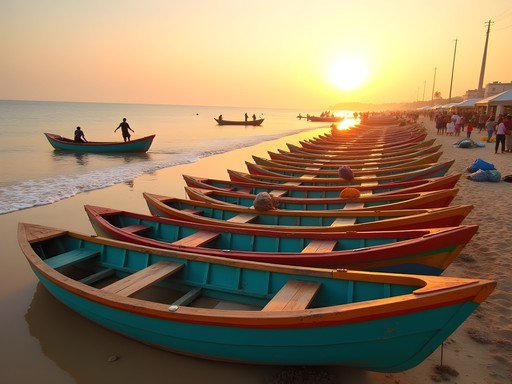
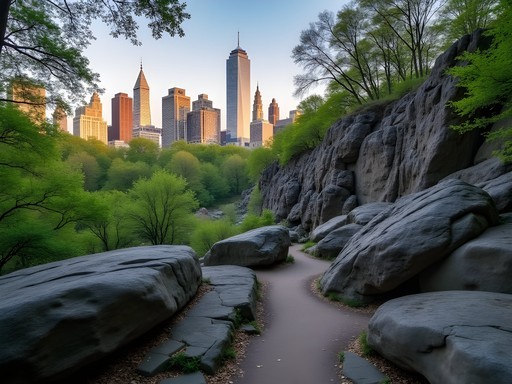
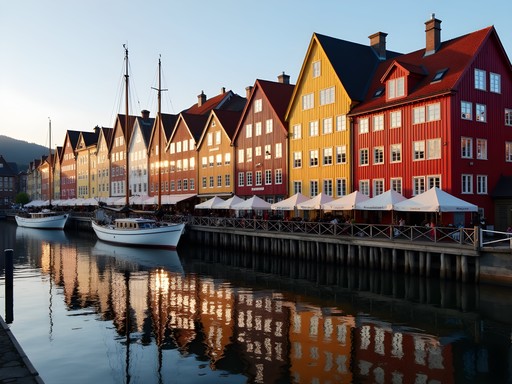
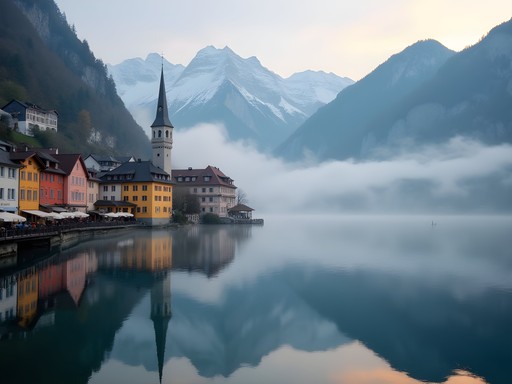
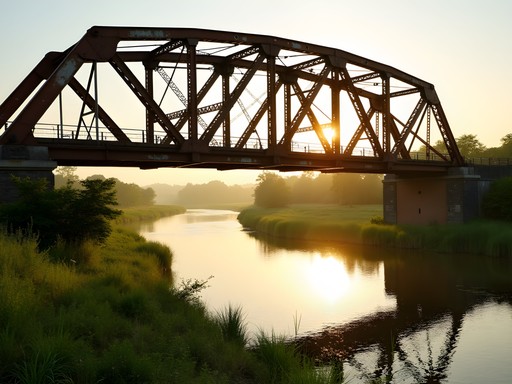
Comments
Jennifer Rodriguez
Great itinerary, Justin! I visited Maastricht last year and would add that the Fort Sint Pieter tour is definitely worth the €11 - the tunnels are fascinating and the guides really bring the history to life. One tip I'd add for history buffs is to visit the City Hall on Markt Square. It's often overlooked but has some beautiful 17th-century Flemish tapestries inside. If you're there on a Wednesday or Friday, you can catch the market in the square too - perfect for picking up local cheeses and stroopwafels!
exploreninja
Did you need to book the Fort Sint Pieter tour in advance? Planning to go next month!
Jennifer Rodriguez
Yes, definitely book ahead, especially in summer! The English tours fill up quickly. Their website lets you reserve spots about 2 weeks in advance.
citymood3615
Those underground caves look incredible! Definitely adding Maastricht to my bucket list.
Taylor Moreau
Excellent guide, Justin. I was in Maastricht for a conference last year and managed to explore some of these sites during breaks. The cave tours beneath St. Pietersberg were fascinating - I'd recommend visitors book those in advance as they fill up quickly, especially in peak season. One addition I'd suggest is Café In den Ouden Vogelstruys - one of the oldest cafés in Maastricht dating back to 1730. Perfect spot for people-watching on Vrijthof Square with a local beer. I captured the whole experience with my travel camera which handled those low-light cave shots beautifully.
Justin Johnson
Great tip about booking the cave tours in advance, Taylor! And yes, that café is wonderful - I enjoyed a fantastic Trappist beer there while watching a local brass band perform in the square. Perfect afternoon memory.
wildking
Going to Maastricht in October. How difficult is the Fort Sint Pieter climb? My knees aren't what they used to be...
summerblogger
I was there in June and it's not bad at all! There's a path that zigzags up rather than being too steep. Take it slow and you'll be fine. The view is totally worth it!
wildking
Thanks for the info! That's a relief.
vacationmood
Just got back from Maastricht last week and this would've been SO helpful! We stumbled upon the bookstore in the Dominican church by accident and it was the highlight of our trip. Spent hours browsing there! Did you try the local vlaai at any specific bakeries? We found this amazing little place near Vrijthof Square but I forgot to note the name.
Justin Johnson
So glad you discovered the bookstore too! It's magical, isn't it? For vlaai, I loved Bakkerij Hermans on Rechtstraat - their cherry vlaai was incredible. Next time try their apricot one too!
vacationmood
Thanks Justin! Adding that to my list for next time. We're already planning to go back in spring!
Robert Moreau
Justin, I appreciate how you highlighted the less touristy aspects of Maastricht. When I visited last year, I stayed at the Kruisherenhotel - that converted 15th-century monastery is absolutely worth the splurge for history lovers. Waking up surrounded by those Gothic arches was surreal. One addition to your Day 2 itinerary - the Treasury of the Basilica of Saint Servatius has an incredible collection of medieval religious artifacts that many visitors miss. The silver bust reliquary of Saint Servatius is particularly impressive. Also, for those following your market recommendations, the specialty cheese vendor at the Friday market (northwest corner) offers samples of aged Limburger that completely changed my understanding of this often-maligned cheese. It's nothing like the overpowering versions exported abroad!
globeclimber
That hotel sounds amazing! Is it super expensive or just moderately splurgy?
Robert Moreau
@globeclimber It's definitely in the luxury category (€250-350/night), but they sometimes have shoulder season specials. The experience of having breakfast in a converted church nave is pretty unforgettable though!
tripking
Just booked my tickets after reading this! Can't wait to explore those underground tunnels!
Sarah Powell
This itinerary hits all the historical highlights beautifully. One practical tip for fellow history enthusiasts: the Maastricht History Hunter app enhances the experience tremendously. It offers augmented reality features at several sites mentioned in this post, showing what buildings looked like centuries ago. I found it particularly useful at the city walls and Vrijthof Square. Also, I'd recommend bringing a good headlamp for the cave tours - the provided lighting is atmospheric but a compact headlamp lets you see details in the cave drawings and inscriptions that others miss.
phototime
Those underground caves look incredible! Adding Maastricht to my bucket list.
tripking
The caves are amazing! Went there in 2022. Bring a light jacket - it gets chilly down there even in summer.
Amit Sullivan
The North Caves tour is fascinating - over 20,000 tunnels! But if you're claustrophobic, stick with the larger South Caves. Both have incredible WWII stories about art preservation. I spent hours sketching the charcoal drawings left by miners centuries ago.
sunnyperson
Planning to visit in October - is the weather still good for all the outdoor walking portions of this itinerary?
Sarah Powell
October is actually lovely in Maastricht! Fewer tourists, mild temperatures (around 10-15°C), and beautiful autumn colors. Just bring a light raincoat as showers are common. The caves maintain a constant temperature year-round, so they're perfect regardless of season.
Venture X
Premium card with 2X miles, $300 travel credit, Priority Pass